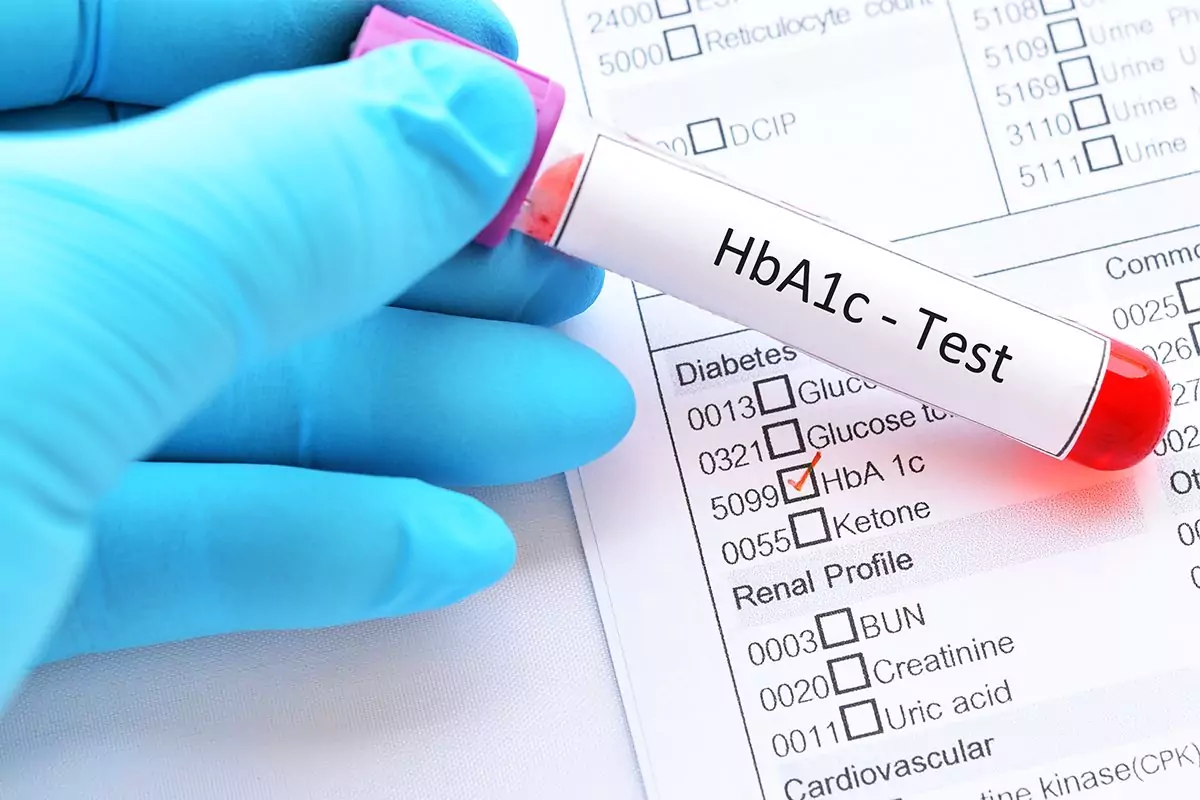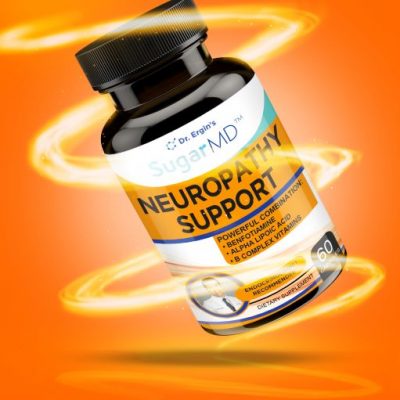DISCOUNT: UP TO 90% OFF






How Is A1c Calculated. HbA1c Test Details


Summary
- The A1C (HbA1c) test shows your average blood sugar over the last 2 to 3 months.
- It works by measuring the amount of sugar attached to your red blood cells.
- No fasting is needed, and it can be done with a simple finger prick or blood draw.
- Results help diagnose prediabetes and diabetes and monitor long-term control.
- A1C levels are converted to daily averages using a formula called eAG.
The A1C test, also known as the HbA1c or hemoglobin A1C test, is a simple blood test. It provides a snapshot of your average blood sugar levels over the past two to three months. It plays a vital role in both diagnosing diabetes and managing it over time. This guide will break down how the A1C is calculated, what your results mean, and why it's such an essential tool in long-term blood sugar management.
How Can Your Blood Reveal the Past 3 Months?
If you’ve ever wondered how a single blood test can reflect several months of your health, the A1C test is your answer. Unlike daily glucose readings that offer a snapshot, this test provides a bigger picture of your long-term blood sugar trends. By measuring the percentage of sugar-coated hemoglobin in your blood, the A1C test reveals how well you’ve been managing your blood glucose over time. It’s not just a one-time reading, it’s your three-month average, condensed into a single number.
What is Glycated Hemoglobin?
Hemoglobin is the protein found in red blood cells that carries oxygen to your body’s tissues. Glycation happens when sugar (glucose) in your bloodstream sticks to hemoglobin. This natural process occurs more frequently when blood sugar levels are high.
The A1C test measures the percentage of your hemoglobin that has glucose attached to it. So, if your result is 7 percent, that means seven out of every 100 hemoglobin proteins are coated with sugar.
Why does this test cover a three month window? Because red blood cells live for about 90 to 120 days. That’s why your A1C result shows a longer-term average, rather than just one day’s reading. According to the Cleveland Clinic, this test provides an accurate estimate of your average blood glucose over a period of time.
Understanding the A1C Test Procedure
Getting the test is straightforward and doesn't require much preparation.
- How the sample is taken: A medical professional will collect a small amount of blood, either through a finger prick or from a vein in your arm.
- Fasting is not necessary: Unlike other tests, such as cholesterol screenings, you don’t need to fast before taking the A1C test.
- Receiving your results: Lab tests from a vein may take a couple of days, while finger prick tests often provide results during your appointment.
What Do Your A1C Results Mean?
Understanding your A1C results helps you know where you stand.
- Normal: Below 5.7 percent
- Prediabetes: Between 5.7 percent and 6.4 percent
- Diabetes: 6.5 percent or higher on two separate tests
For people with diabetes, the target is usually to keep A1C levels under 7 percent. Maintaining lower levels helps reduce the chances of long-term complications like nerve damage and kidney disease. For a more detailed breakdown of fasting and post-meal glucose values, you can refer to our normal blood sugar level chart.
What is eAG?
You may have seen your blood sugar readings as numbers like 130 or 160 on your glucose meter. But A1C results are in percentages. That’s where eAG, or estimated Average Glucose, comes in.
What is eAG? It converts your A1C result into the same units as your daily glucose meter, measured in milligrams per deciliter (mg/dL).
Why is this helpful? It connects the dots between your long-term results and your day-to-day monitoring.
Here’s an example:
- A1C of 5 percent equals an eAG of about 93 mg/dL
- A1C of 6 percent equals an eAG of about 126 mg/dL
- A1C of 7 percent equals an eAG of about 154 mg/dL
- A1C of 8 percent equals an eAG of about 185 mg/dL
- A1C of 9 percent equals an eAG of about 216 mg/dL
- A1C of 10 percent equals an eAG of about 248 mg/dL
- A1C of 11 percent equals an eAG of about 279 mg/dL
- A1C of 12 percent equals an eAG of about 310 mg/dL
- A1C of 13 percent equals an eAG of about 340 mg/dL
- A1C of 14 percent equals an eAG of about 370 mg/dL
- A1C of 15 percent equals an eAG of about 400 mg/dL
Understanding this helps you stay better informed and in control of your diabetes management. Lifestyle interventions can also influence A1C and eAG. For instance, learn about the benefits of intermittent fasting for diabetes, which may help improve insulin sensitivity.
When Might an A1C Test Give the Wrong Result?
Although the A1C test is reliable for most people, some medical conditions can make the results less accurate.
Scenarios where the A1C may be misleading:
- Severe anemia, especially iron-deficiency anemia
- Chronic kidney failure or advanced liver disease
- Blood disorders, such as sickle cell anemia or thalassemia
- Recent blood loss or transfusion, which affects red blood cell lifespan
- Certain medications, especially those that impact red blood cell turnover
According to the Mayo Clinic, individuals with these conditions should consult their doctors for alternate tests like fructosamine or continuous glucose monitoring.
To dive deeper into this topic, check out common misconceptions about A1c levels, especially if your results seem inconsistent with your day-to-day experience.
Your A1C is a Powerful Tool, Not Just a Number
The A1C test offers more than just a single result. It provides a long-term perspective on how your body is handling sugar by showing the percentage of glycated hemoglobin in your blood. It plays a key role in identifying prediabetes and diabetes, and it’s an essential tool for evaluating how well your current treatment plan is working.
Use this information to stay proactive. Always review your A1C numbers with your healthcare provider and discuss what steps to take next. To explore how natural support can complement your care, visit SugarMD’s collection of blood sugar support supplements.
About the author
Dr. Ahmet Ergin is the author of The Ultimate Diabetes Book and the Founder of the SugarMD youtube channel. He practices in Port Saint Lucie, FL as an endocrinologist physician.
Written By Dr. Ahmet Ergin
461 total articles
Meet Dr. Ahmet Ergin, a highly skilled and dedicated endocrinologist with a passion for diabetes care. Dr. Ergin earned his medical degree with honors from Marmara University in Istanbul. He completed internal medicine residency and endocrinology fellowship at Cleveland Clinic. Dr. Ergin is board-certified in Internal Medicine, Endocrinology, Diabetes, and Metabolism due to his vast medical expertise. He's a certified diabetes educator, author of “The Ultimate Diabetes Book,” and founder of “the SugarMD YouTube channel.” Dr. Ergin offers exceptional diabetes care to his patients in Port Saint Lucie, FL, helping them manage effectively. For a closer look into his insights and experiences, connect with Dr. Ahmet Ergin on LinkedIn, Instagram, and YouTube.”
Disclaimer: These statements have not been evaluated by the Food and Drug Administration. Information on this website isn't intended to treat, cure or prevent any disease. Discuss with your doctor and do not self-treat.
Products






